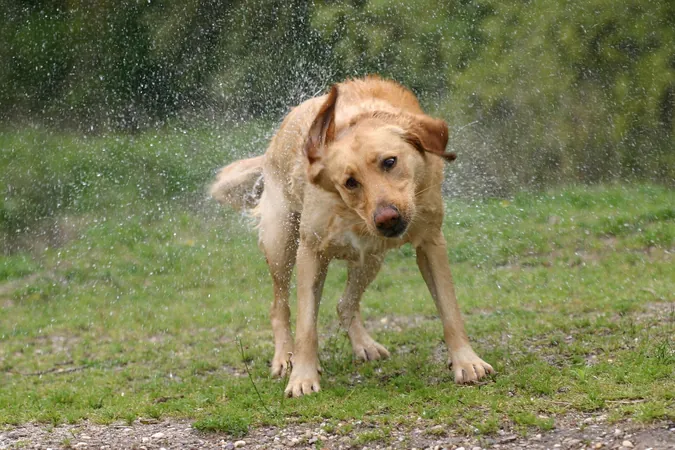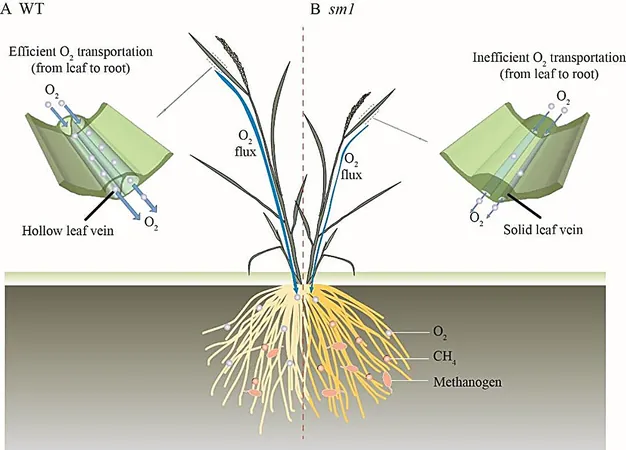
The Science Behind the Shaking: What Makes Wet Dogs Dance?
2024-11-08
Author: Noah
In an intriguing discovery, neurobiologists from Harvard Medical School's Howard Hughes Medical Institute have unveiled the underlying neural mechanisms that explain why wet dogs—and other furry animals—shake themselves vigorously when they’re soaked. This fascinating study, recently published in the journal Science, sheds light on a behavior commonly observed yet often taken for granted.
For centuries, pet owners and animal lovers have marveled at the sight of a wet dog enthusiastically shaking itself dry. This quirky maneuver effectively flings water off their coats, but until now, the scientific explanation for this behavior was largely unknown. To dig deeper into this phenomenon, the researchers focused their experiments on mice, which exhibit a similar shaking behavior after getting wet.
By applying oils to the necks of wet mice, the team sought to identify the triggers that prompt this distinctive response. Their findings suggest that the mechanics of shaking go beyond simply reacting to water. The mice also responded to air puffs and oils, leading the scientists to conclude that external stimuli play a significant role.
One of the critical aspects of their research was the investigation of the Piezo2 gene, which is responsible for mechanosensory perception. When they removed this gene in test mice, the shaking response vanished, confirming its importance in the shaking mechanism. This revelation illuminates the sophisticated sensory pathways involved in this seemingly simple act.
Furthermore, the scientists found that a specific mechanoreceptor known as C-LTMRs was particularly vital in instigating the shaking response. When stimulated, this receptor led to consistent shaking, and its removal drastically reduced this behavior, highlighting its crucial role in the neural circuitry that governs wet dog shakes.
As the researchers mapped out the journey of sensory signals from the skin to the spinal cord and ultimately to the brain, they provided a comprehensive overview of the complex neural network responsible for this behavior. This deep understanding not only enhances our knowledge of animal behavior but also contributes to broader insights into sensory processing and neural responses in mammals.
So, the next time you witness a wet dog performing its delightful dance, you'll have a better appreciation of the intricate biology at play behind those playful shakes. This science not only intrigues us but also reinforces the connection between humans and animals, reminding us that beneath their furry exteriors lies a complex web of sensory communication.
Stay tuned as we continue to explore the animal kingdom's secrets!









 Brasil (PT)
Brasil (PT)
 Canada (EN)
Canada (EN)
 Chile (ES)
Chile (ES)
 España (ES)
España (ES)
 France (FR)
France (FR)
 Hong Kong (EN)
Hong Kong (EN)
 Italia (IT)
Italia (IT)
 日本 (JA)
日本 (JA)
 Magyarország (HU)
Magyarország (HU)
 Norge (NO)
Norge (NO)
 Polska (PL)
Polska (PL)
 Schweiz (DE)
Schweiz (DE)
 Singapore (EN)
Singapore (EN)
 Sverige (SV)
Sverige (SV)
 Suomi (FI)
Suomi (FI)
 Türkiye (TR)
Türkiye (TR)